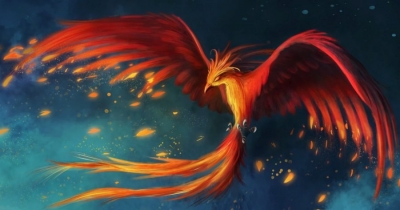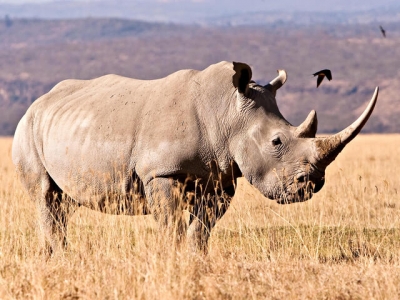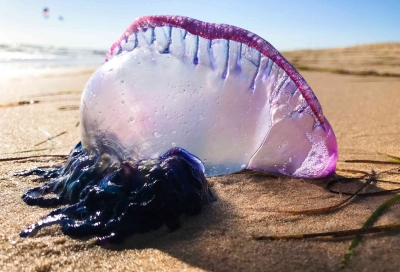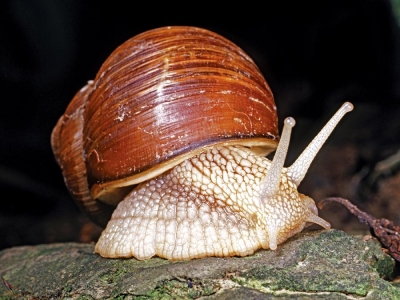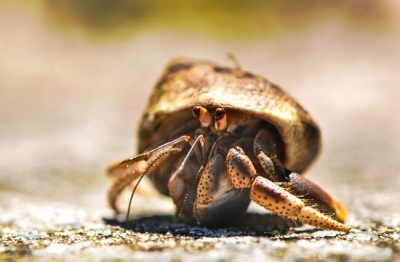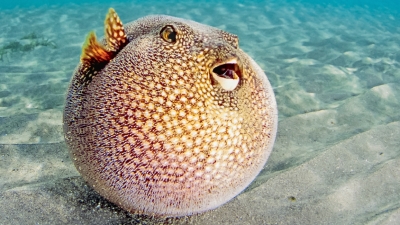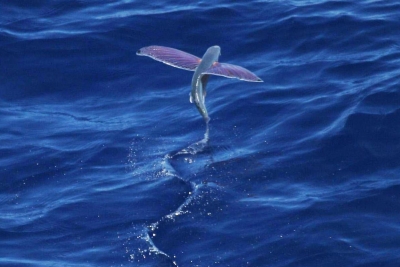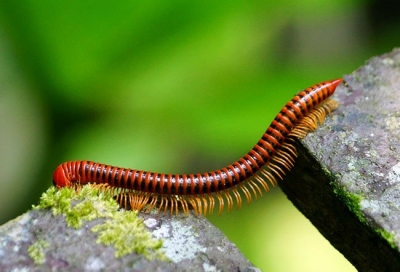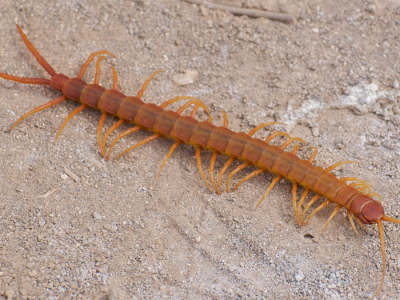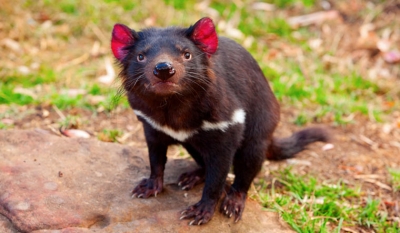
This fierce animal used to live in Australia, but is now only found in Tasmania. About lm (40in) long from nose to tail, it only comes out at night. It feeds on small animals, birds, lizards and even wallabies if it can catch them.
The Tasmanian devil is the world's largest carnivorous marsupial, reaching 30 inches in length and weighing up to 26 pounds, although its size will vary widely depending on where it lives and the availability of food. Its oversize head houses sharp teeth and strong, muscular jaws that can deliver, pound for pound, one of the most powerful bites of any mammal.
Once abundant throughout Australia, Tasmanian devils are now found only on the island state of Tasmania. Their Tasmanian range encompasses the entire island, although they are partial to coastal scrublands and forests. Biologists speculate that their extinction on the mainland about 400 years ago may be linked to the introduction of Asian dogs—or dingoes.
Tasmanian devils are strictly carnivorous, surviving on small prey such as frogs, birds, fish, and insects. They prefer scavanging to hunting and frequently feast communally on carrion. They are at their most rowdy when jockeying for position on a large carcass. Like other marsupials, when they are well-fed, their tails swell with stored fat.
Devils are solitary and nocturnal, spending their days alone in hollow logs, caves, or burrows, and emerging at night to feed. They use their long whiskers and excellent sense of smell and sight to avoid predators and locate prey and carrion. They'll eat pretty much anything they can get their teeth on, and when they do find food, they are voracious, consuming everything—including hair, organs, and bones.
Credit : National Geographic
Picture Credit : Google
